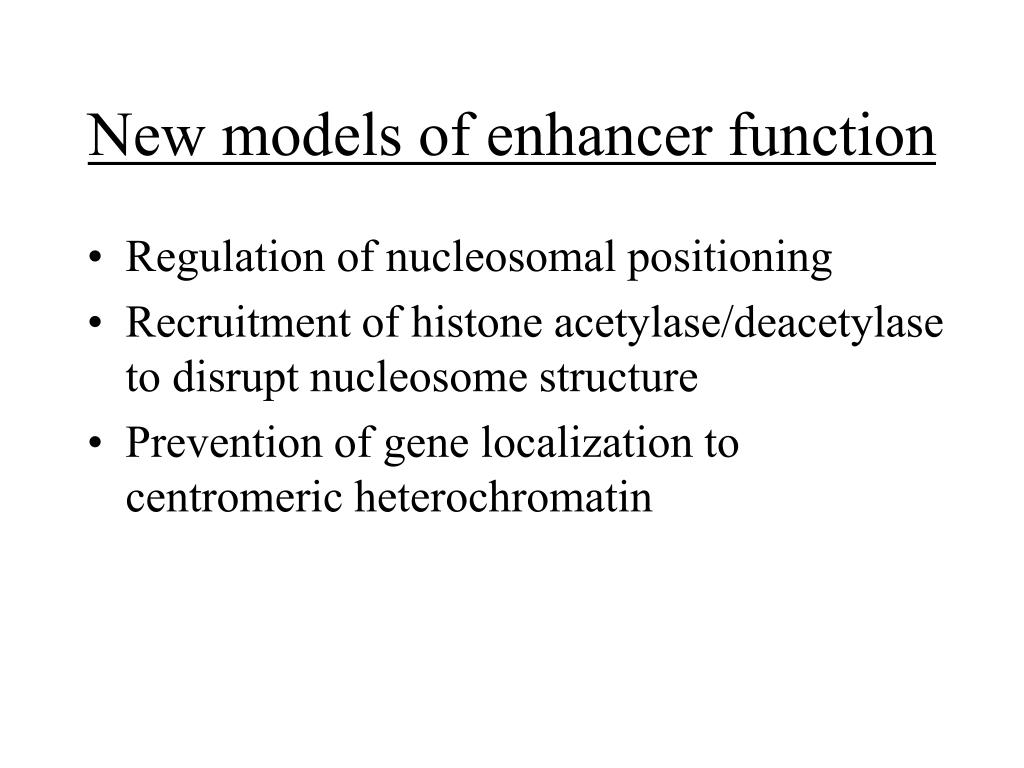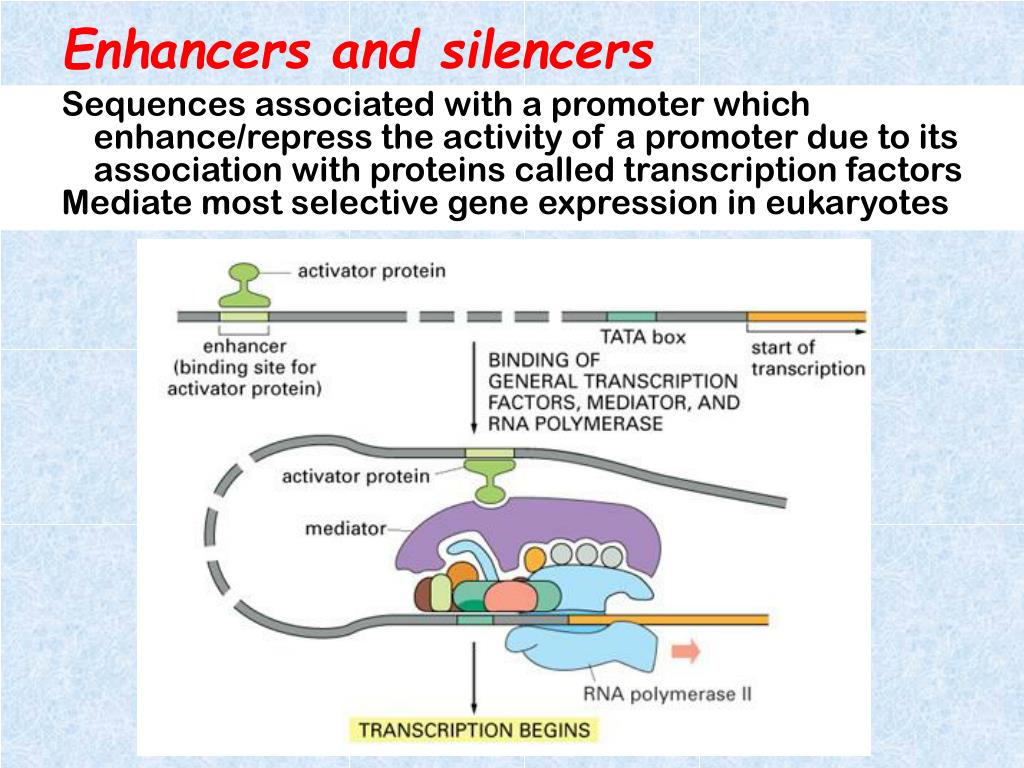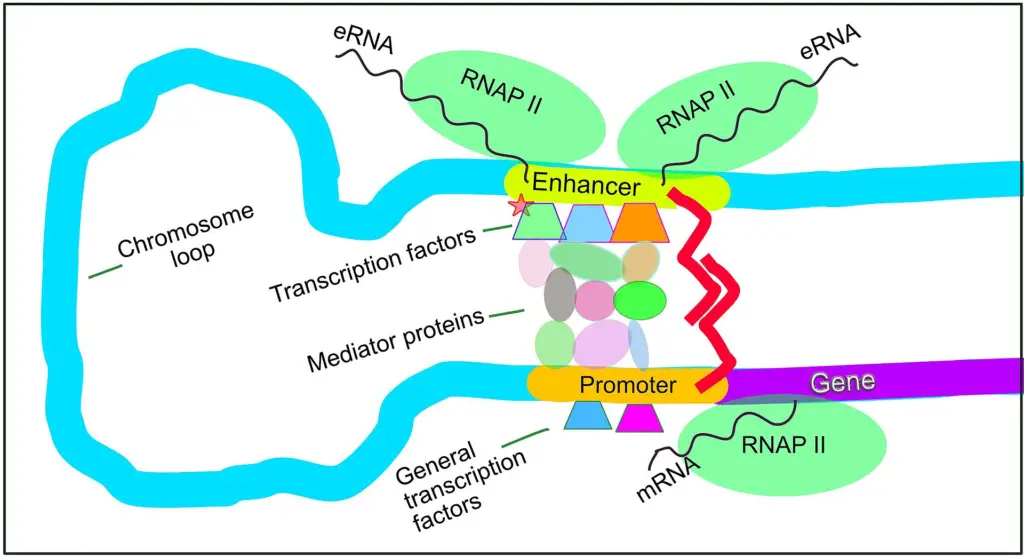The Functioning Of Enhancers Is An Example Of

In the intricate dance of gene expression, regions of DNA known as enhancers play a critical role, acting as master regulators that boost the transcription of specific genes. Understanding their function is paramount to unraveling the complexities of development, disease, and evolution. Recent research has illuminated how enhancers orchestrate cellular processes.
This article delves into the functioning of enhancers, exploring their mechanisms, significance, and implications for understanding various biological phenomena.
What are Enhancers?
Enhancers are short (50-1500 bp) regions of DNA that can bind proteins (transcription factors) to increase the likelihood that transcription of a particular gene will occur. These regions can be located upstream, downstream, or even within the gene they regulate, often at a considerable distance from the gene's promoter. This spatial flexibility is a key feature distinguishing enhancers from promoters.
Unlike promoters, which are essential for initiating transcription, enhancers modulate the rate of transcription, amplifying the gene's activity in specific cells and at specific times. They function independently of their orientation on the DNA strand.
The Mechanism of Action
The action of enhancers involves a complex interplay of proteins and DNA. Transcription factors bind to specific DNA sequences within the enhancer region. These transcription factors then interact with other proteins, including co-activators and the Mediator complex.
This interaction forms a bridge between the enhancer and the promoter region of the target gene, often facilitated by DNA looping. This looping brings the enhancer-bound transcription factors into close proximity with the promoter and the RNA polymerase II complex, effectively boosting transcription.
The specificity of enhancer activity is determined by the combination of transcription factors that bind to it. Different cell types express different sets of transcription factors. Therefore, a given enhancer will only activate transcription in cells where the appropriate transcription factors are present.
Significance in Development and Disease
Enhancers are crucial for proper development. They ensure that genes are expressed at the right time and in the right place, orchestrating the differentiation of cells and the formation of tissues and organs. Mutations or disruptions in enhancer sequences can lead to developmental abnormalities and diseases.
Many diseases, including cancer and autoimmune disorders, have been linked to dysregulation of enhancer activity. For example, in some cancers, enhancers can be hijacked to drive the expression of oncogenes, promoting uncontrolled cell growth. The National Institutes of Health (NIH) has funded several projects aimed at identifying and characterizing enhancers associated with various diseases.
Studying enhancers provides insights into the genetic basis of human diseases. It opens avenues for developing new diagnostic tools and therapeutic strategies. Understanding how enhancers function could enable the design of drugs that specifically target aberrant enhancer activity, potentially offering more precise and effective treatments.
The Role in Evolution
Enhancers also play a significant role in evolution. Changes in enhancer sequences can alter gene expression patterns, leading to phenotypic variation and adaptation. These changes are often more subtle than mutations in the coding regions of genes. Thus they allow for fine-tuning of gene expression without disrupting the essential function of the encoded protein.
Comparative genomics studies have revealed that enhancers are often less conserved than coding regions, suggesting that they are a major source of evolutionary novelty. Changes in enhancers are thought to contribute to the differences between species, especially in traits related to development and behavior.
Current Research and Future Directions
Researchers are actively working to identify and characterize enhancers in various organisms. High-throughput sequencing technologies, such as ChIP-seq and ATAC-seq, are used to map the location of enhancers across the genome. These techniques identify regions of open chromatin and transcription factor binding sites, providing clues about the potential function of enhancers.
Advances in genome editing technologies, such as CRISPR-Cas9, are enabling researchers to manipulate enhancer sequences and study their effects on gene expression. This allows for a more direct assessment of the role of enhancers in development, disease, and evolution.
The future of enhancer research holds great promise for understanding the complexities of gene regulation and its impact on human health and evolution. Continued efforts to identify and characterize enhancers, combined with the development of new technologies, will undoubtedly lead to new insights into the fundamental processes of life.
Conclusion
Enhancers are essential regulatory elements that fine-tune gene expression, playing crucial roles in development, disease, and evolution. Their ability to act over long distances and their cell-type specificity make them powerful regulators of gene activity.
As research progresses, a deeper understanding of enhancer function will have significant implications for developing new therapies and unraveling the mysteries of life.
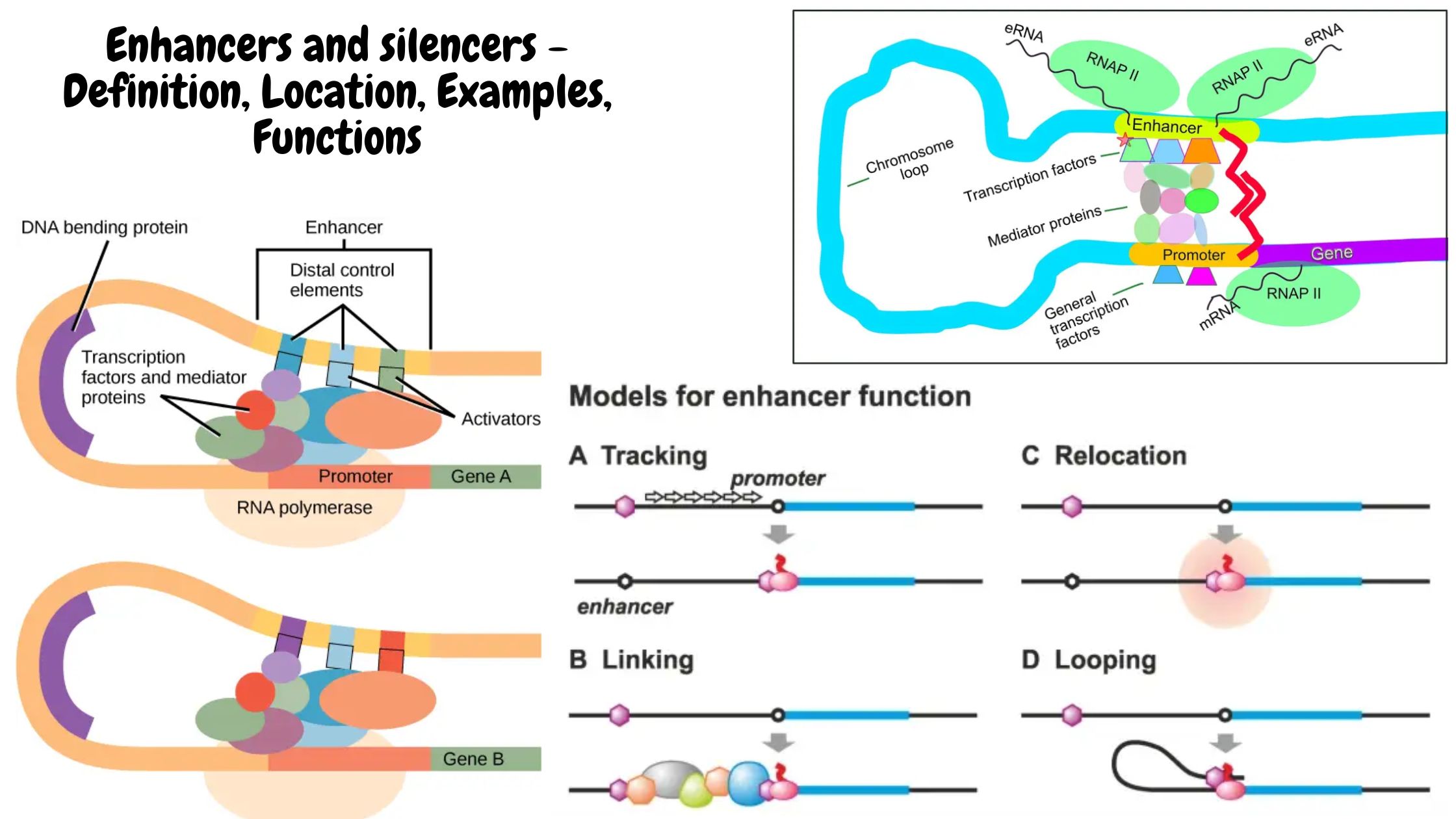
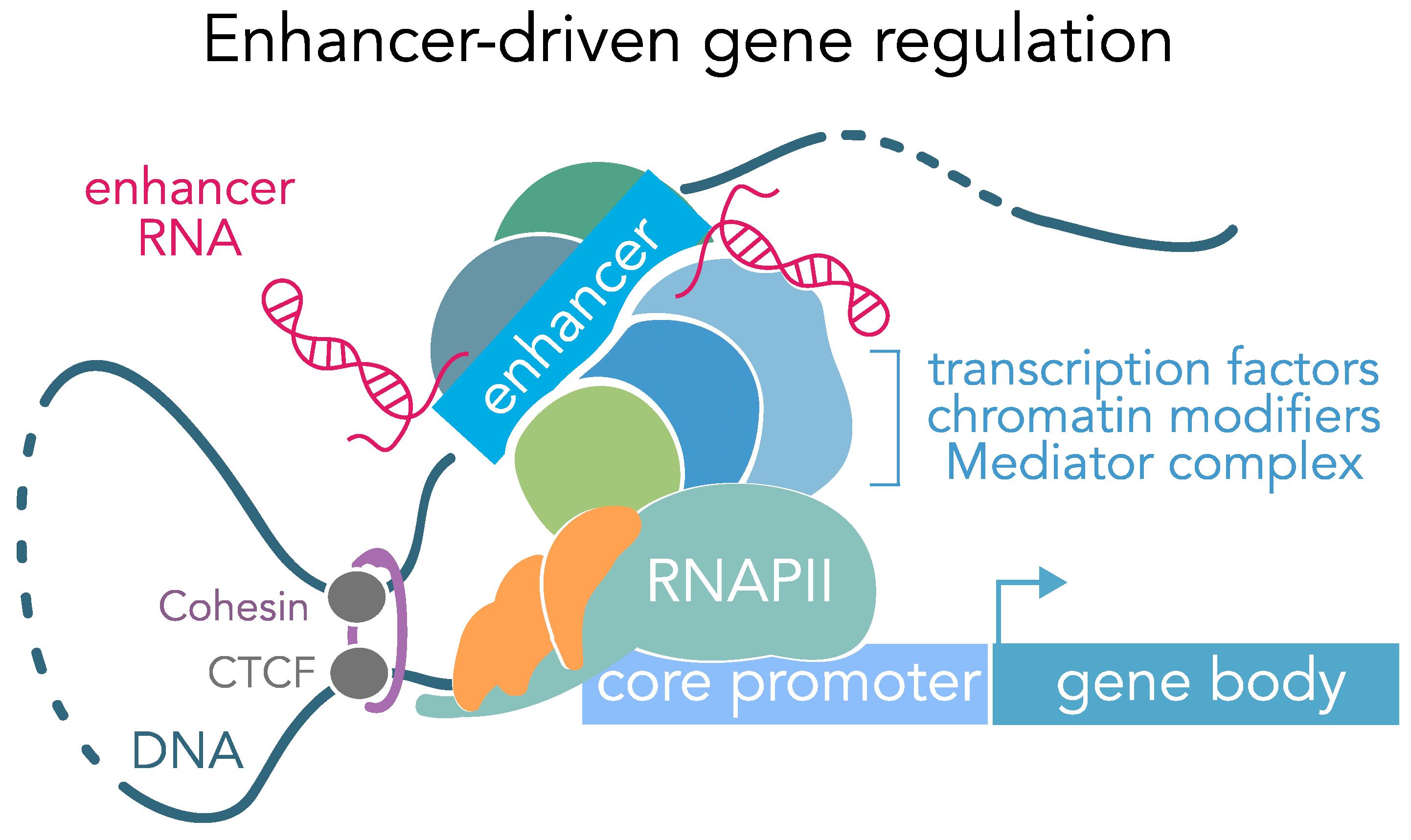





.+This+molecule+binds+calcium+and+magnesium+which+in+turn+leads+to+an+opening+of+the+tight+junctions..jpg)
